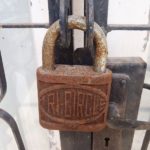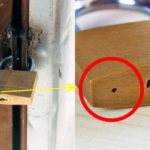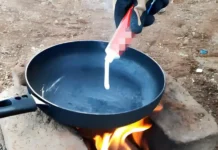When checking out a regular lock, you might notice a tiny hole at the bottom of it. Sure, padlocks are security devices. Their basic construction consists of a body and a shackle.
While keys are used to open a padlock, combination locks open by inputting number combinations. However, whether it is a key or a combination lock, they both likely have that tiny hole at the bottom. What exactly is the purpose of that small hole?
Drainage
The tiny hole in the bottom of a lock acts as a drainage port when moisture finds its way into the lock. It’s inevitable that moisture will somehow get inside a lock. Without a dedicated drainage component, the moisture inside can wreak havoc on the lock’s components. The presence of a drainage hole prevents this from happening. Instead of accumulating inside the lock, moisture escapes through the tiny hole.
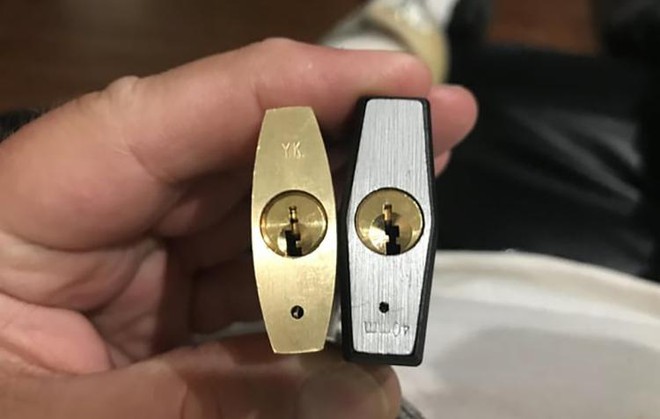
Rust Prevention
Due to its functionality as a drainage port, the small hole at the bottom of a lock is also helpful in preventing rust. Padlocks, especially industrial padlocks, are made from durable materials, like galvanized carbon steel. However, although they are built to withstand consistent use, they aren’t impervious to rust. Moisture can interact with the iron and iron-based materials that make up padlocks, leading to the formation of rust and eventual corrosion.
By allowing moisture to escape the lock, the small hole protects the lock from rust and corrosion. Moisture is able to drain out of the hole, minimizing the chance of rust and corrosion developing.
Lubrication
Another reason why there is a small hole at the bottom of a lock is for lubrication purposes. Inside the body of the lock are mechanical moving parts.
Over time, some of these parts can become sticky, which can cause the lock to become difficult to open. Fortunately, a little lubrication usually solves the problem with ease. Often, a small amount of lubricant can be applied or sprayed into the lock body through that same small hole.
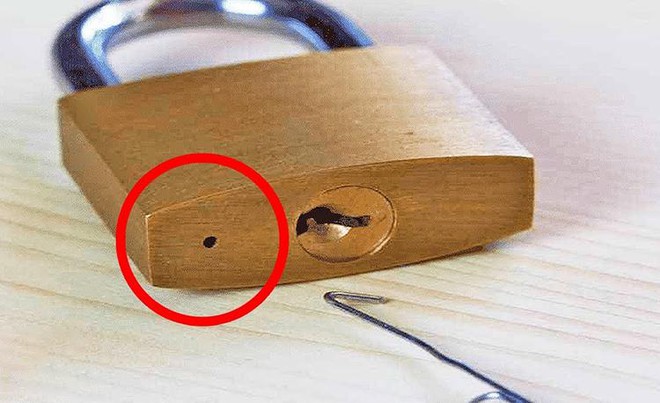
Auxiliary Access
Depending on the specific type of lock, the tiny hole can be a means of access to unlock it in special circumstances. For instance, if a homeowner loses their key, they will need to call a locksmith. Locksmiths can often gain access to a lock by inserting a special tool into that tiny hole. This is known as picking a lock.
In summary, the small hole at the bottom of a lock serves a number of purposes. Its primary purpose is for drainage. Without the tiny hole, moisture would accumulate inside the lock body, potentially leading to problems such as rust and corrosion. While there are different types of padlocks, they usually feature a tiny hole at their base in order for moisture to escape the lock body.

























